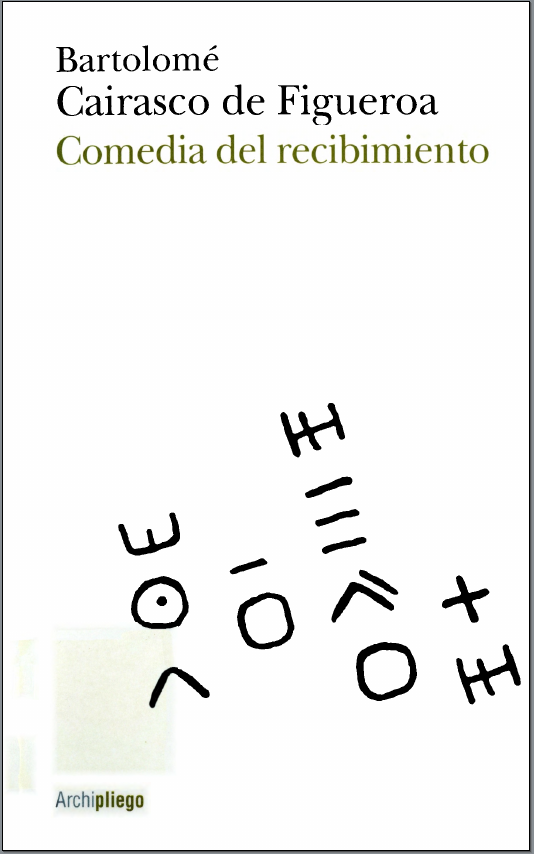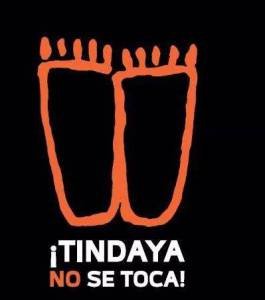The Essentials (VIII): The Comedy of the Reception
DORAMAS
Guanda demedre tamaranone tasuguiet besmia
mat acosomuset tam obenir marago, aspe anhianacha
aritamogante senefeque senefeque.
CURIOSITY
What does he say, sister?
WISDOM
He is inviting us to lunch; and he says
he will give us many potages, Canarian style, and he asks us
to sit down.[1]CAIRASCO (2005), p. 34. This translation by PROYECTO TARHA.
Although not being a core work to know the ancient history of the Canary Islands, joining this to our Essentials is justified by its literary and philological significance.
Composed between 1581-1582 by Canarian canon, musician, poet and playwright Bartolomé Cairasco de Figueroa (Real de Las Palmas, 1538-1610), so-called Comedia del Recibimiento (Comedy of the Reception) is a small stage play whose destiny was to be represented to welcome the new bishop of Canaria, Fernando de Rueda. In this play, six characters –five allegorical: Wisdom, Curiosity, Invention, Gáldar and Guía, the two latter representing the homonymous Grandcanarian locations, and one historical, Canarian warrior Doramas– introduce the Archipelago virtues to the Prelate.



